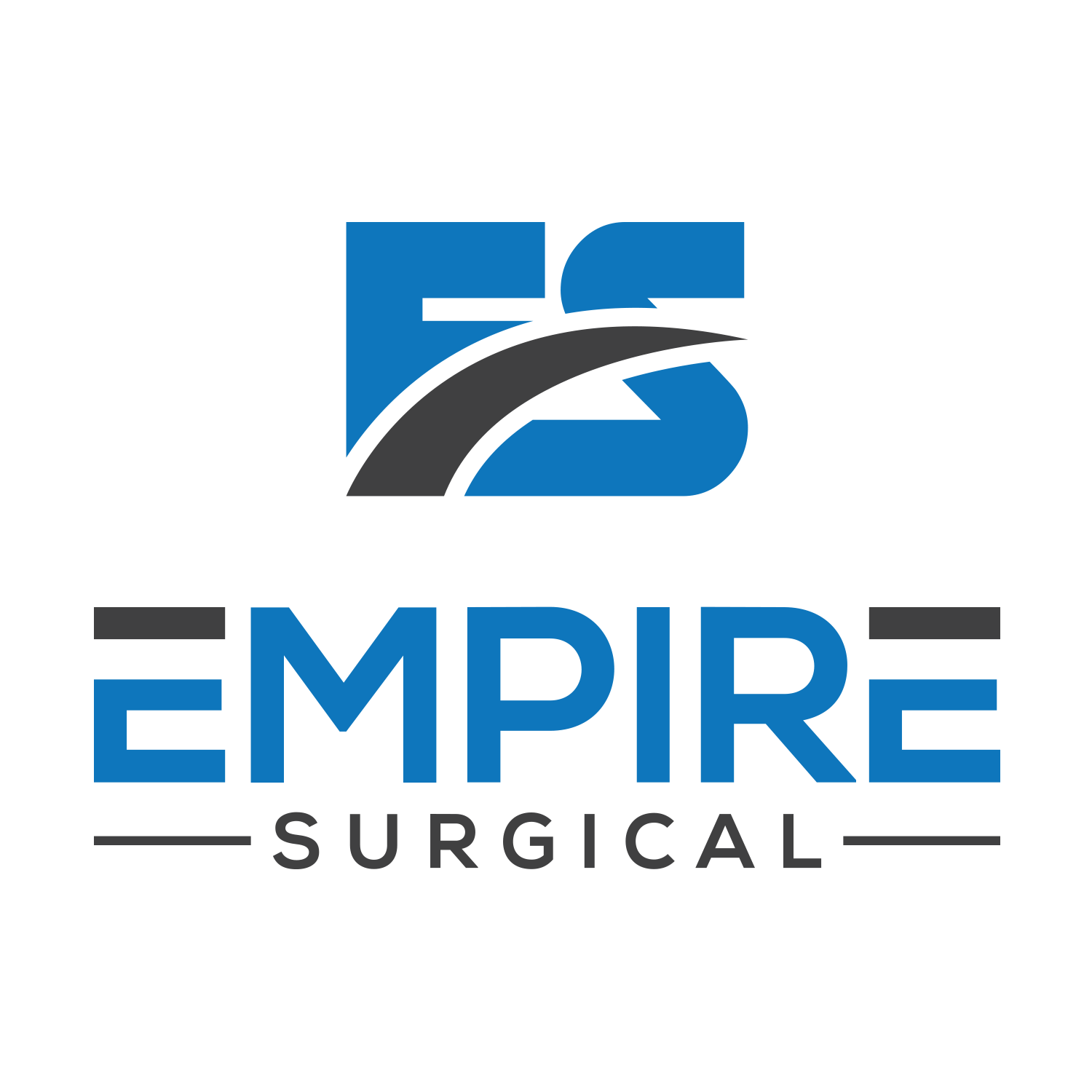Hospital Outcomes and Cost for Patients Undergoing a Customized Individually Made TKA vs Off-The-Shelf TKA
Gregory Martin, MD; Alyssa Swearingen; Steven Culler, PhD
Summary of the presentation from ICJR Pan-Pacific 2014, Abstract #018A3
Introduction
Despite excellent survivorship, published literature suggests that on average, 15-39% of patients are dissatisfied with the result of their TKA. Newer technologies may improve the value of care delivered to TKA patients by providing better clinical outcomes at similar or lower total cost of care. The purpose of this study was to compare a variety of the hospital outcomes between patients undergoing TKA using either a Customized Individually Made (CIM) TKA (ConforMIS iTotal) or a Standard Off-the-Shelf (OTS) TKA.
Methods
A retrospective review was conducted for consecutive TKA patients treated in a single institution, by the same surgeon, between March 2010 and November 2013. The study sample consisted of 248 TKA hospitalizations having received either CIM TKA (126) or OTS TKA (122). A subset of 19 hospitalizations in the CIM arm and 30 hospitalizations in the OTS arm were for bilateral procedures. Data collected included: patient demographics, length of procedure metrics, length of hospital stay, blood transfusion rates, patient discharge disposition, adverse event rates at discharge and total hospital cost. Hospital costs were calculated from billed charges and were adjusted into 2013 US Dollars by using the appropriate annual value for the hospital specific cost/charge index for all hospitalizations under DRG 470. Uni-variate differences in selected outcome measures between the two study arms were assessed with Chi-square analysis or Fisher’s exact test for discrete variables and Student’s t test for continuous variables. A p-value of ≤0.05 was considered statistically significant in this study.
Results
There were no statistical differences in the demographics (age, sex, BMI) between the two arms. The CIM implant showed significantly lower transfusion rates (2.4% vs 10.7%; p=0.009). The adverse event rate at discharge was significantly lower in the CIM arm than the OTS arm (1.6% vs 13.9%; p<0.001). Differences in length of stay reached borderline significance (CIM 3.0 vs OTS 3.2; p=0.057), with a significantly larger number of patients in the CIM group being discharged in <3 days (p=0.033) (Figure 1). When discharge disposition was analyzed, it was seen that a significantly lower percentage of patients in the CIM group were discharged to acute care facilities (2.4% vs 13.9%; p<0.001). In addition, when comparing a subset of the data among patients receiving a simultaneous bilateral TKA, patients in the CIM group were more likely to be discharged to home or home with care when compared to the OTS group (58% vs 17%; p<0.001) (Figure 2). Finally after adjusting for inflation, the total hospital cost between the two groups was not statistically different (CIM $16,192 vs OTS 16,240; p=0.913).
Discussion
Risk adjusted odds-ratios indicate that patients in the OTS arm were 4 times more likely to experience a transfusion and 3.7 times more likely to have an adverse event than patients in the CIM arm. Patients treated with a CIM implant showed a trend towards a shorter length of stay and a better discharge disposition than patients in the OTS arm. Previous studies have reported an associated cost of $2,200 per incident of blood transfusion along with a $16,000 cost associated with discharge to acute care facilities. Therefore, the lower transfusion rates and better discharge disposition with the CIM TKA seems to provide a better value proposition for hospitals and insurers, when compared to OTS TKA. These improved outcomes for the CIM group were achieved without an increase in hospital costs. Future studies need to be conducted to examine the potential hospital savings associated with lower inventory management and sterilization cost savings with the single package CIM implant.
Interested in learning more about how Conformis revolutionized knee replacements thanks to a patented image-to-implant 3D technology?


